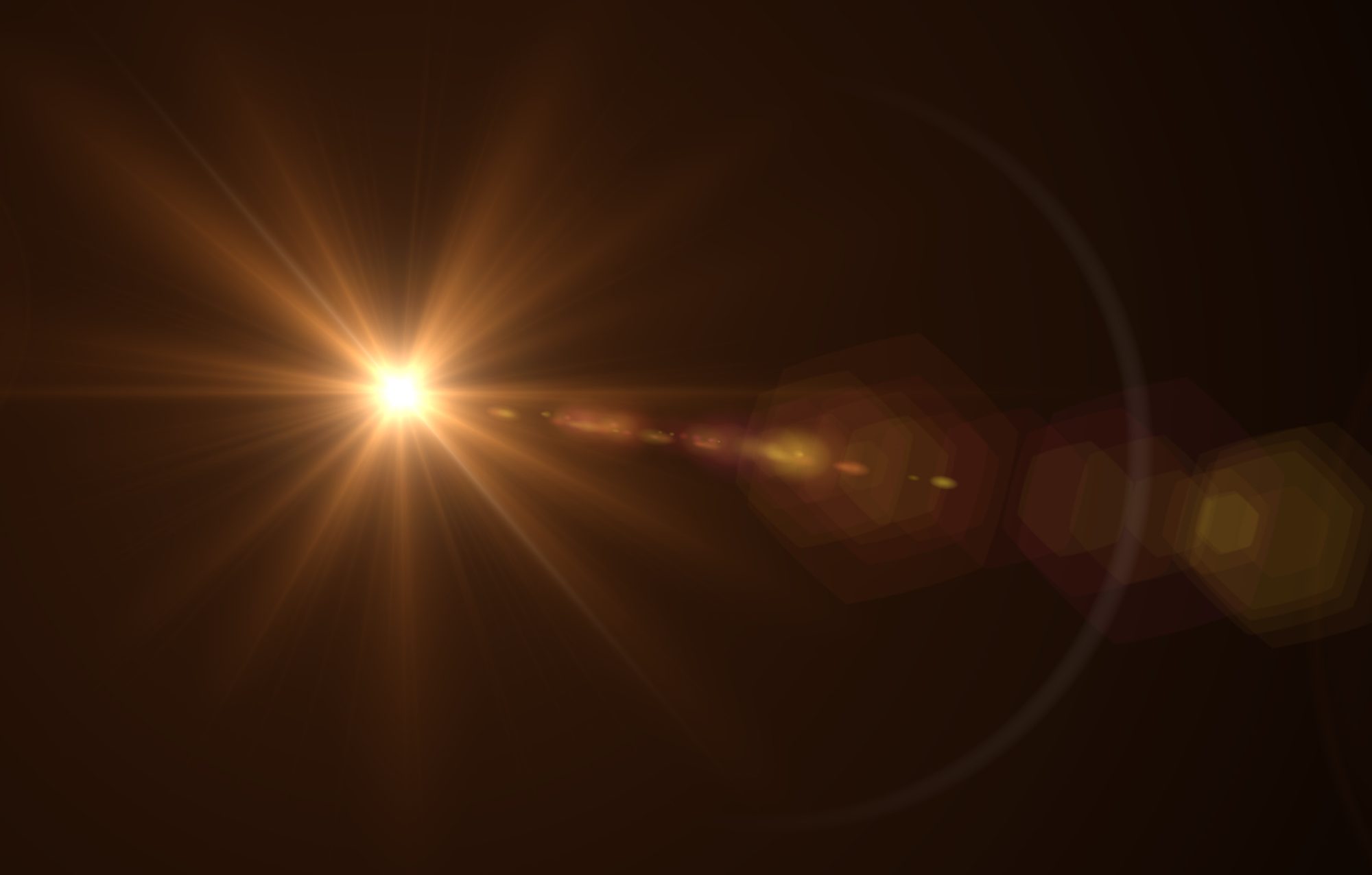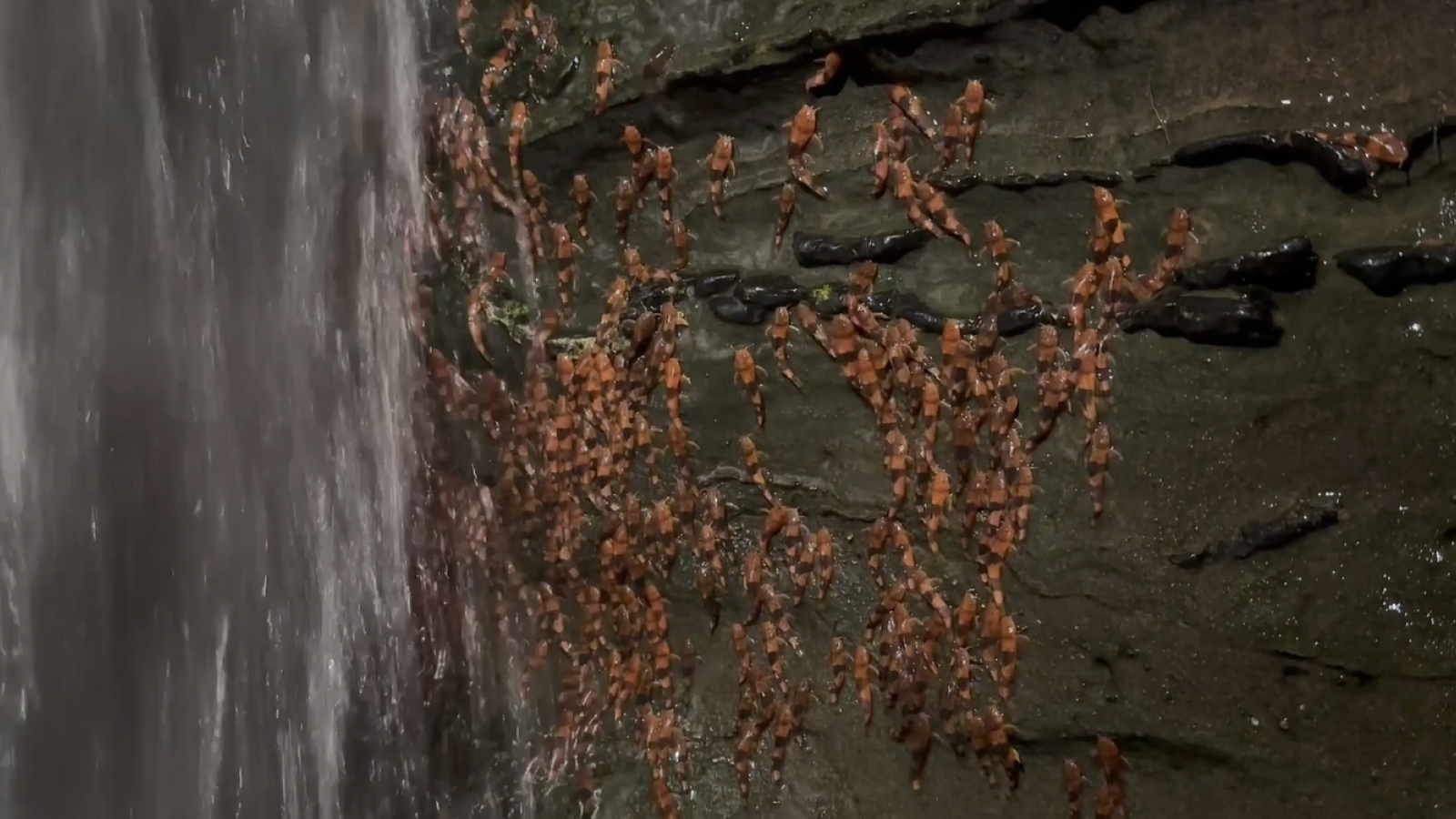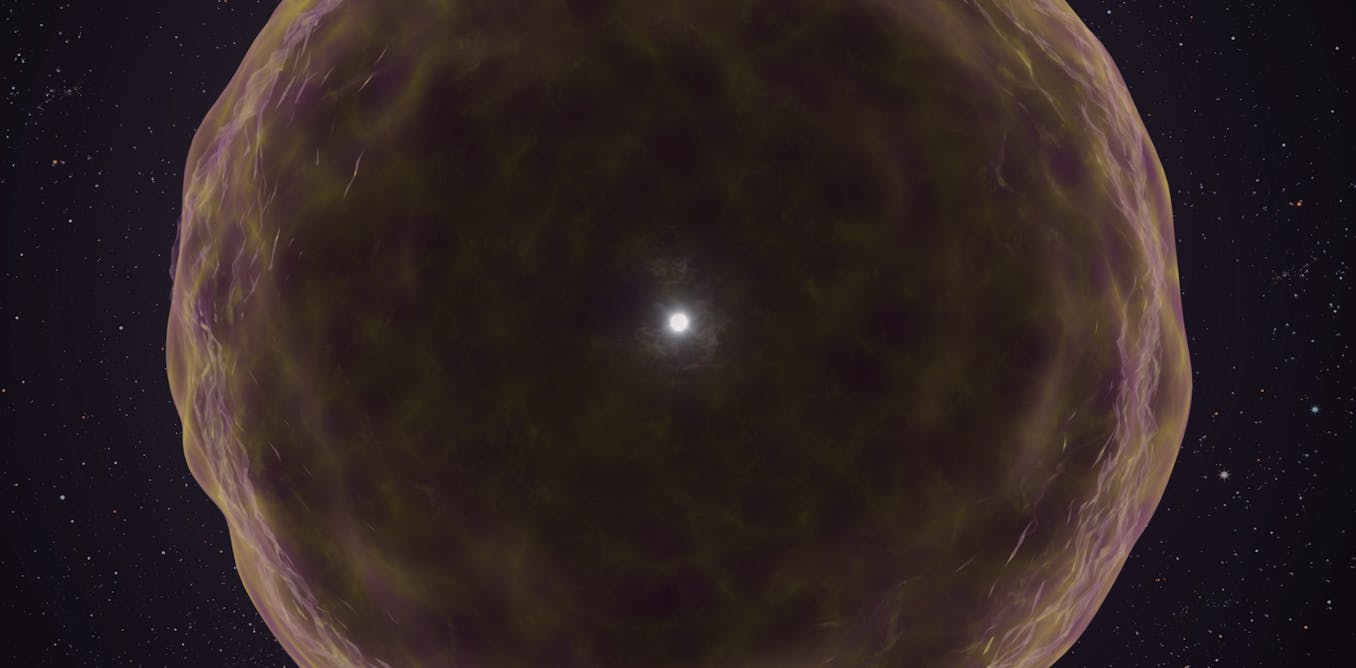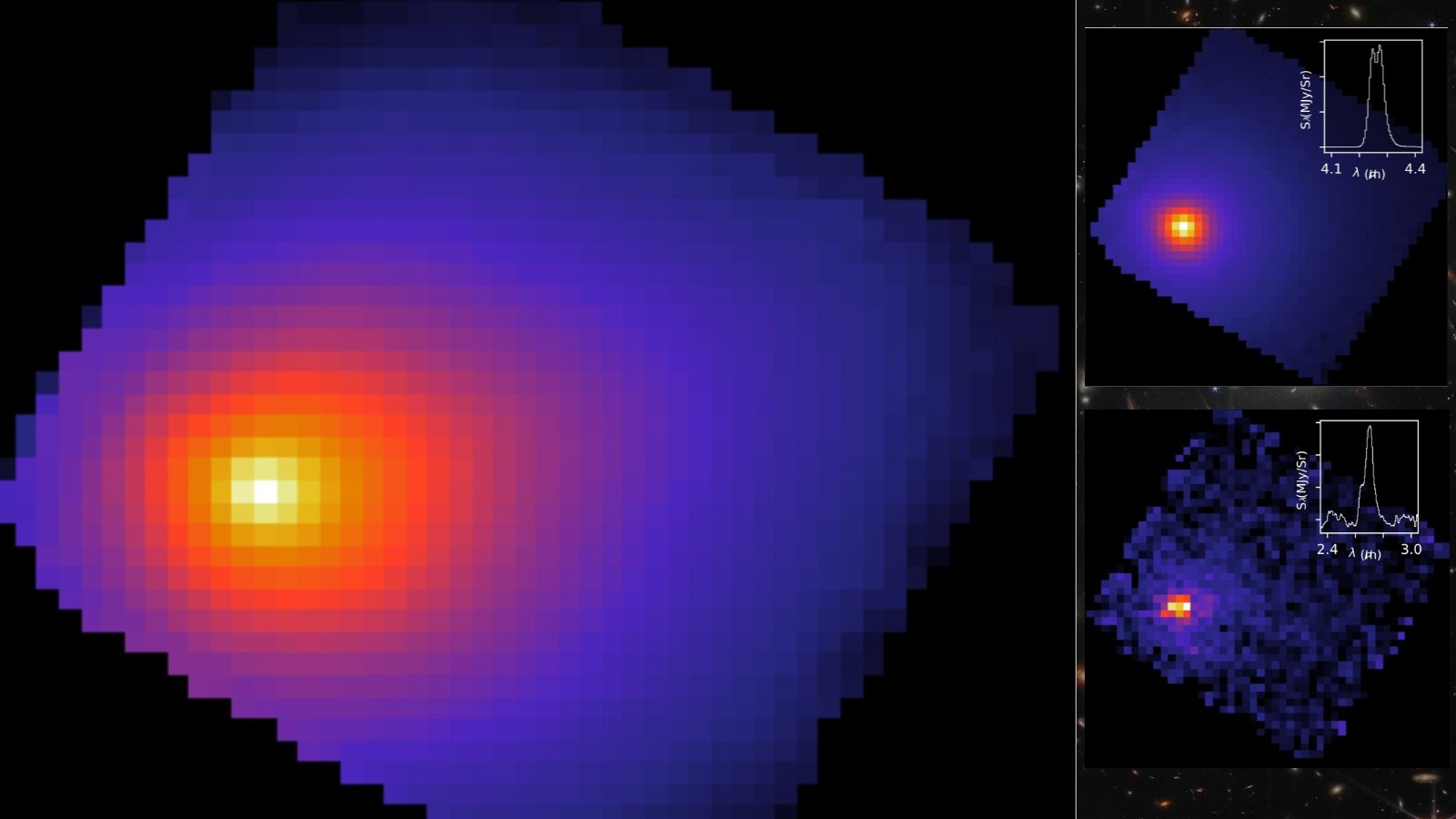In 2023, NASA’s OSIRIS-REx mission brought something rare back to Earth: samples from Bennu, an asteroid about 1,600 feet across. The mission took seven years and returned with pieces of rock older than Earth itself.
The dirt and rock collected from Bennu weren’t just space souvenirs. They held a story billions of years old, written in dust from other stars, minerals shaped by water, and scars from micrometeorite hits.
What scientists are now learning from this ancient rubble is changing how we think about where planets come from – and even where life’s building blocks may have formed.
Asteroid Bennu’s shattered origin
Bennu didn’t form as one solid rock. It’s a collection of fragments from a much older parent asteroid that once orbited between Mars and Jupiter.
The parent body was made of material from all over the early solar system – including matter formed near the Sun, far beyond the giant planets, and even outside of our solar system entirely.
The mix of materials suggests Bennu’s parent asteroid formed in the outer solar system – maybe even beyond Jupiter and Saturn – and later shattered in a collision.
After that, pieces reassembled into new bodies, possibly more than once. Bennu is one of those reassembled objects, holding clues from every phase of the long journey.
Stardust and interstellar clues
Researchers analyzing the Bennu samples have found an abundance of stardust – tiny grains of material that predate the Sun. These grains are easy to spot in the lab thanks to their unusual isotopic patterns, and they’re incredibly rare to find intact on Earth.
“Those are pieces of stardust from other stars that are long dead, and these pieces were incorporated into the cloud of gas and dust from which our solar system formed,” said Jessica Barnes, associate professor at the University of Arizona’s Lunar and Planetary Laboratory.
“In addition, we found organic material that’s highly anomalous in their isotopes and that was probably formed in interstellar space, and we have solids that formed closer to the Sun, and for the first time, we show that all these materials are present in Bennu.”
Asteroid Bennu once had water
The samples also reveal that Bennu once had water – or at least its parent did. Another team studying the rocks detected evidence that the minerals within them had undergone chemical changes in contact with liquid water. These processes likely occurred at about 77°F (25°C), roughly room temperature on Earth.
“We think that Bennu’s parent asteroid accreted a lot of icy material from the outer solar system, which melted over time,” said Tom Zega, director of the Kuiper-Arizona Laboratory who co-led the study.
The melting could’ve been caused by leftover heat from the asteroid’s formation, radioactive decay, or even more asteroid collisions.
“Now you have a liquid in contact with a solid and heat – everything you need to start doing chemistry,” Zega said. “The water reacted with the minerals and formed what we see today: samples in which 80% of minerals contain water in their interior, created billions of years ago when the solar system was still forming.”
This kind of water-driven chemistry could be how life’s ingredients started coming together. Finding it in an asteroid this old helps scientists understand where and when those conditions first appeared.
Beaten up by space
Even after it formed, Bennu’s story kept going. A third study revealed that Bennu’s surface has taken a beating. It’s marked by tiny craters and specks of molten rock – damage caused by speeding micrometeorites and the sun’s solar wind.
Together, these effects are called space weathering. They happen fast and constantly on Bennu, since it doesn’t have an atmosphere for protection. The researchers found that this weathering changes surface materials more quickly than expected.
The damage doesn’t just affect what Bennu looks like. It also changes what scientists can see with telescopes and space cameras, because it alters the color and texture of the surface.
Significance of the Bennu samples
Asteroids that hit the ground become meteorites, and we’ve found many pieces of them before. However, many asteroids burn up in the atmosphere.
The ones that survive often sit out in the open too long, reacting with Earth’s air and water. The contamination makes them harder to study.
“And those that do make it to the ground can react with Earth’s atmosphere, particularly if the meteorite is not recovered quickly after it falls,” said one of the scientists involved. “Which is why sample return missions such as OSIRIS-REx are critical.”
Not just another space rock
NASA’s OSIRIS-REx spacecraft collected the Bennu samples in space and sealed them immediately, giving scientists a clean look at raw, untouched asteroid material.
The purity of the samples provides a sharper view of the solar system’s early chemistry – and a better shot at answering big questions about where we came from.
Bennu may look like a rubble pile floating in space, but it’s much more than that. It is a time capsule that holds a record of when our solar system was still forming. It carries pieces of other stars, the fingerprints of flowing water, and the scars of a long, violent history.
Image credit: NASA/Goddard/University of Arizona
The full study was published in the journal Nature Astronomy.
—–
Like what you read? Subscribe to our newsletter for engaging articles, exclusive content, and the latest updates.
Check us out on EarthSnap, a free app brought to you by Eric Ralls and Earth.com.
—–








